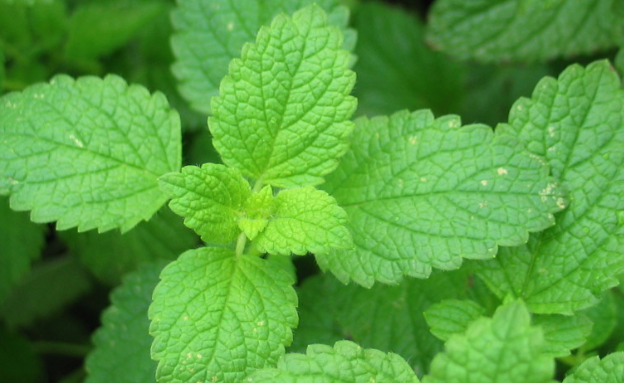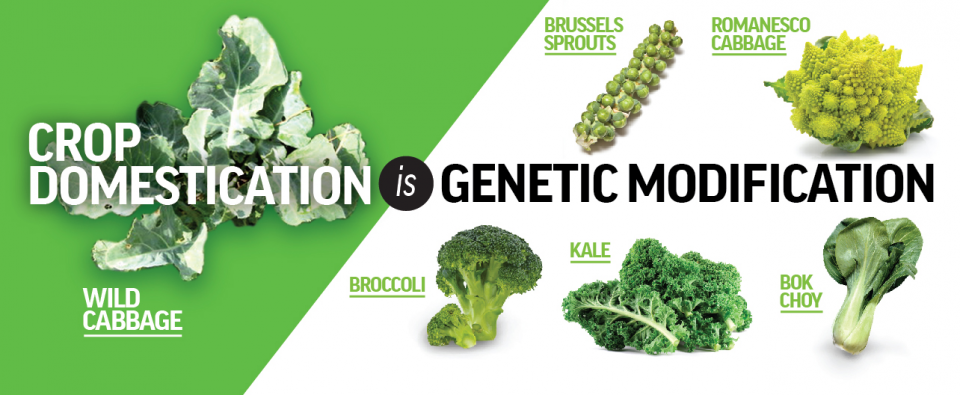History of the Holiday Meal: How We Arrived at the Food We Eat Today
GMO Answers often receives questions asking “how much of my food is GMO?” or “I heard all food in the grocery store is GMO, is that true?” Many are surprised to learn that there are very few GMO crops grown around the world. Today, we take a look at popular dishes and ingredients, both GMO and non-GM, and learn how they became a part of your holiday meal.
It’s important to remember, that just because a crop isn't a "GMO," it doesn't mean that the crop's genetics haven't been modified. Farmers have intentionally changed the genetic makeup of all the crops they have grown and the livestock they have raised since domestic agriculture began 10,000 years ago. Virtually every fruit, vegetable, and grain that is commercially available today has been altered by human hands, including organic and heirloom seeds. There are many different plant breeding methods employed for different purposes, and genetic engineering is simply one of them.
First, a Christmas classic: Peppermint flavored Candy Canes.

Peppermint, a popular herb around the holidays, is a natural hybrid cross between spearmint and water mint, and its seeds are sterile.
Peppermint plants reproduce vegetatively, spreading by its rhizomes. Hybrid plants can happen in nature through cross-pollination, but most have been created by humans.
Straight up or a la mode, apple pie is a must-have holiday dessert.

There are non-browning GMO apples on the market today. In the past, new apple varieties were developed through traditional plant breeding methods. Instead of growing commercial apple trees from seeds in the orchard, a desired variety is grafted onto existing rootstock so that the apple fruit stays true to variety. Learn more here.
Did You Know: There's a good chance the apple in your holiday pie is patented. The Red Delicious apple alone has had over 42 patented "sports" (mutations). Almost all conventional (non-GM) and organic hybrid seeds are patented. But beyond patents, many apples are now being grown in "clubs." Club apples are not just patented, but also trademarked and controlled in such a way that only a select "club" of farmers can grow and sell them. NPR's The Salt writes about this new trend in apple breeding.
Don’t forget to eat your vegetables too! Kale, Brussels Sprouts, and Other Cruciferous Veggies you may find in your holiday meal are examples of crops modified by humans. Take wild cabbage, for example, a plant that has been changed over thousands of years through breeding and selection to create a variety of vegetables we enjoy today, such as cauliflower, broccoli and yes, cabbage.

Two GM crops that provide ingredients commonly used in holiday dishes are sugar from sugar beets and cooking oil from canola – both are genetically modified. About half of the sugar sold in stores in the United States comes from sugar beets and canola oil is one of the most widely used cooking oils.
Why were these crops modified? Both GM sugar beets and GM canola varieties available in the U.S. have herbicide resistance traits, which help growers manage weeds, improve productivity and lessen environmental impacts – learn more about this here.
While some GM crops are developed for herbicide resistance traits, others have disease or insect resistance traits, such as the Bt gene that targets certain agricultural pests. Here's a complete list of reasons why crops might be genetically modified:
- Insect resistance: to provide farmers with season-long protection against pests, reduce the need for pesticide applications and lower input costs.
- Drought tolerance: to increase water retention and allow crops to better endure drought conditions without the need for additional irrigation.
- Herbicide tolerance: to allow farmers to fight weeds by applying targeted herbicides only when needed and enable them to use conservation tillage production methods that preserve topsoil, prevent erosion and reduce carbon emissions.
- Disease resistance: to enable plants to resist certain diseases, such as the papaya ringspot virus (PRSV). For example, the GM Rainbow Papaya (developed to resist PRSV) allowed Hawaiian papaya farmers to recover when the devastating disease crippled their industry.
- Enhanced nutritional content: to create food – such as soybeans – with an enhanced oil profile to make them longer-lasting and trans-fat free.
- Reduced food waste: to eliminate superficial browning and bruising when products are cut or handled – in potatoes, for example – to reduce the amount of produce thrown away by producers, processors, retailers, and consumers.
- Improved manufacturing processes: to enable more efficient biofuel production – in certain corn varieties, for example – by improving the process by which cellulose and/or starch is broken down and converted to fuel. This helps to reduce the environmental impact by decreasing the amount of water, electricity and natural gas needed to produce biofuel.
Did You Know: Sugar from sugar beets and oil from canola are chemically the same whether originating from GM or non-GMO crops due to processing. This post by Bruce Chassy explains what happens to DNA during processing.
Want to know more about GMOs in your holiday meal? Watch our video!
